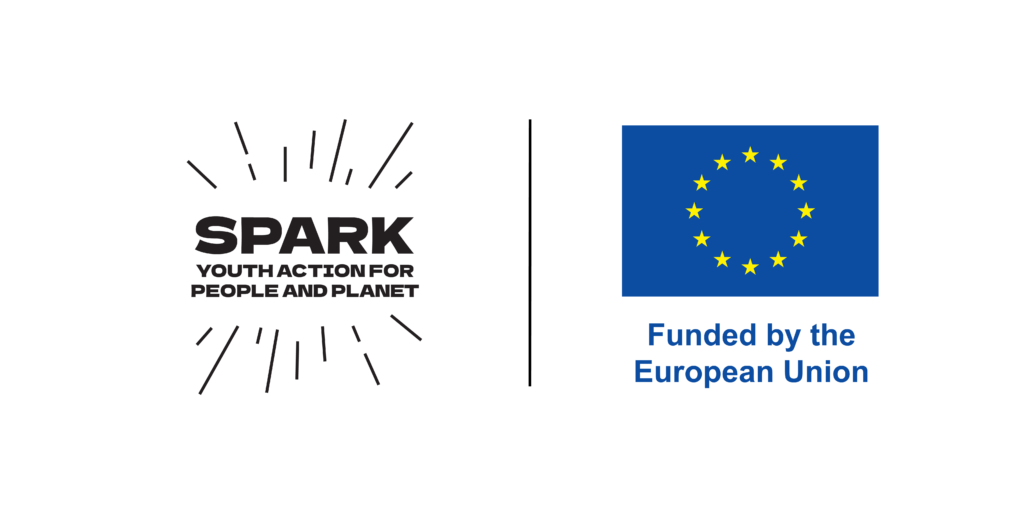TRANSPARENCY, NO OUTCOME GUARANTEED
As the first week of the transparency negotiations comes to a close, it remains uncertain what the final outcome of this COP on the issue will be. There have been many hours of discussion and many hours of work. To date, the parties involved are close to an agreement on some points, although much remains to be done on other more technical ones.
As we reported a few days ago, the agreements on transparency in reporting are extremely important. They will (inter alia) ensure transparency in the reporting of targets and actual emission reductions of countries, in line with what was established by the Paris Agreement. A disagreement on this issue would prevent the development of effective mutual monitoring tools to keep temperature rises below +1.5C° at the end of the century compared to pre-industrial levels.
More specifically, during COP26 in Glasgow, the Working Group on Transparency and Reporting is discussing the so-called Methodological Issues under the Paris Agreement (MPA), which are at the basis of the implementation of Art. 13 of the Agreement. In particular, discussions are taking place on:
- the common tabular formats on information in national inventory reports on anthropogenic emissions by sources and absorption of greenhouse gases (GHG);
- Common tabular formats for the information necessary to monitor progress in the implementation and achievement of the Nationally Determined Contributions (NDC) under Article 4 of the Paris Agreement;
- Common tabular formats for information on finance, development and technology transfer and capacity-building provided and mobilized, as well as support needed and received under Articles 9 and 10 of the Paris Agreement;
- The outline of the biennial transparency report, national inventory and technical expert review report according to the modalities, procedures and guidelines of the Transparency Framework for Action and Support;
- The training program for technical experts involved in the review of content submitted by countries.
Among the issues being addressed in ad-hoc sessions, those on how to report emissions and NDCs remain open. To these unresolved issues, the last sessions have added discussions on how and where to include flexibility clauses for developing countries (with several Parties preferring these to be included in the annexes), on whether or not some tables are mandatory, on the timing for the development of a single reporting software, on the voluntary review of adaptation information and on the monitoring of NDCs with “conditional” targets or not.
In the plenary session held at the conclusion of the first week, on the evening of Saturday, November 6, 2021, the Chair of the session reiterated how it is unfortunate that we do not yet have a final agreement heading into the second week, but also emphasized the important progress achieved. He thanked the commitment of the Parties and the technical experts for the hard work, flexibility and tireless support maintained not only during this first week of COP26, but also during the past year. The topic is very technical and complex, and there are still unresolved issues that may require political intervention, he said. The success of the negotiations on transparency in reporting is not guaranteed.
by Aurora Audino, Italian Climate Network Volunteer at COP26
You are reading this ICN COP Bulletin article as part of the EC DEAR SPARK project. Marirosa Iannelli, Coordinator of the Climate & Advocacy Department of ICN, overviews this activity. ICN monitors negotiations and reports what is happening in Italian and English, on our website and on social channels, as part of a pan-European consortium of over 20 non-profit organizations committed to promoting climate awareness with particular attention to the role of young people and issues related to international cooperation and gender policies.


